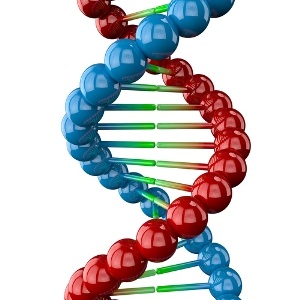
Athens - Greek Culture Ministry officials said the recent discovery of a skeleton buried at the Amphipolis tomb from the time of Alexander the Great will undergo DNA testing to determine his or her identity.
Experts will then proceed to the second phase, using the skeleton to reconstruct a real-life figure of the Amphipolis occupant.
University of Athens Professor of Orthodontics Manolis Papagrigorakis explains the procedure.
Q: What can we find out about the Amphipolis skeleton through DNA testing?
Papagrigorakis: Once [DNA] is found it should be easy to determine the sex of the skeleton as well as its age, height, what it ate, the cause of death and even the colour of his or her hair and eyes. The DNA material can also show whether the person died from a disease, was killed in battle or suffered an accident.
Q: How long does this normally take?
Papagrigorakis: It varies from six months to a year.
Q: Will experts be able to compare the DNA material with samples belonging to Alexander the Great's father, Phillip II, to determine whether they were related?
Papagrigorakis: This will be very difficult to do because the skeleton of Alexander the Great's father was burned, so it is impossible to take DNA material from it and thus compare it with the Amphipolis skeleton. Without being able to compare genetic material it may be impossible to determine the exact identity of the Amphipolis skeleton and whether he or she was from royalty.
Q: What is the procedure of reconstructing the face of the Amphipolis skeleton?
Papagrigorakis: First we would make a replica of the original skull using three-dimensional modeling and rapid prototyping techniques. Then we would need to place wooden markers around the skull to outline the average tissue depth based on data for people of various genders and ages. After that we would need to mould clay to form the necessary muscles around the face. The dental arch also helps to determine the position of the jaw and lips.
The features which are the hardest to reconstruct are the lips, tip of the nose and ears because we have no bone to guide us. All the soft tissues and cartilage have long since vanished.




 Publications
Publications
 Partners
Partners











